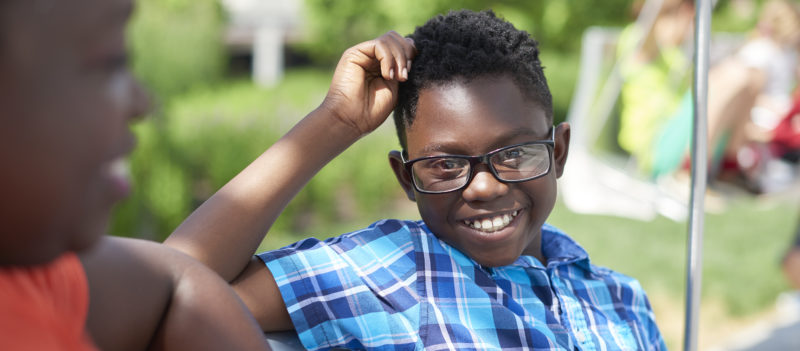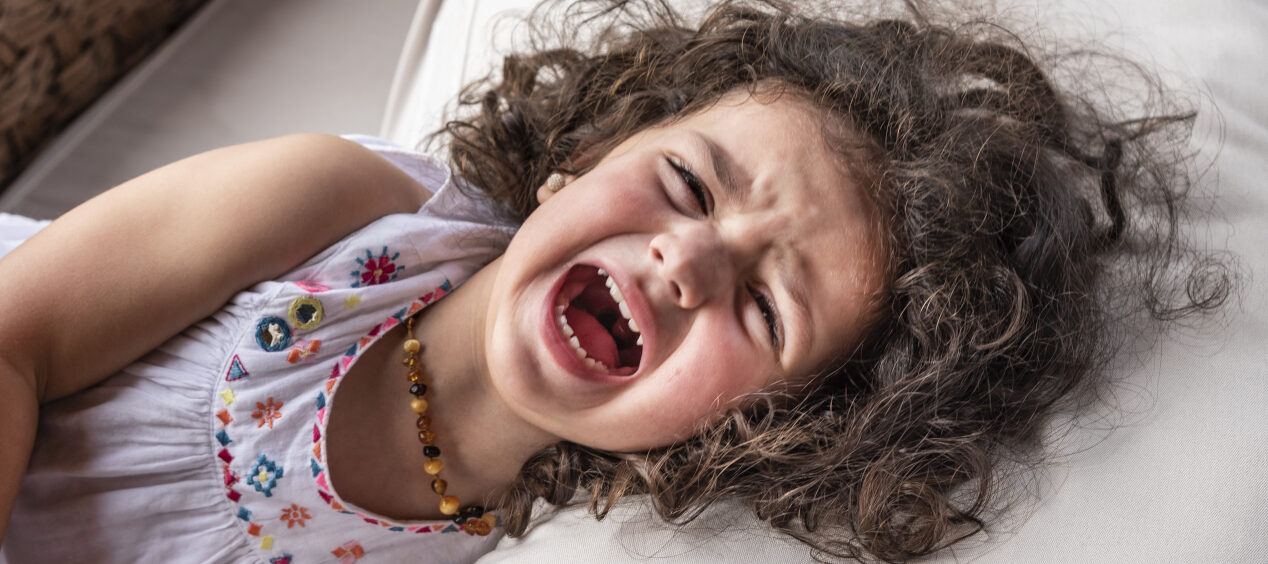It might seem counter-intuitive to have perfectionism and failure in the same sentence. But if your children have perfectionistic tendencies, balancing the relationship between the two can help them cope better with the challenges that most certainly lie ahead.
There was a point in our history where perfectionism was seen as a bad thing. Over the last 25 years or so, more research is pointing to it being positive – so long as it is nurtured in the right way.
It’s all comes down to how kids cope when they fail to reach the really high standards that they’ve set for themselves. Which brings us to the two types of perfectionists:
Adaptive perfectionists: This group sets comparatively high standards for themselves, but sees failure as a learning experience to improve their performance. They have better coping strategies and are driven by the need to succeed. This type of perfectionist is tied to a number of positive outcomes. They’re often seen as leaders, do better in school, have better connections to others, and more favorable mental health.
Maladaptive perfectionists: These perfectionists have an equally high set of standards for themselves, but have a difficult time accepting failure. They don’t have good coping strategies for it and will beat themselves up when they do. In fact, when they foresee situations where they know they’re not going to meet their standards, they often give up or don’t even try. So procrastination is a big issue for them. And they’re not seen as leaders because they don’t want to fail in front of others. With maladaptive perfectionists, we see more negative mental health issues, such as depression and anxiety.
Interestingly, we’ve found that being either type of perfectionist– whether it be adaptive or maladaptive – has more favorable outcomes than being a kid who places less emphasis on how well they do.
What distinguishes the two is how kids cope with failure, a skill that can be learned at an early age – or once they’re old enough to start interpreting their own environment (around age two).
If we can help kids learn how to cope with their mistakes, we can provide them with an invaluable life-long tool. Everyone – adults, kids, perfectionists and even non-perfectionists alike – can benefit from seeing mistakes for what they are: learning opportunities.
Ideas for nurturing perfectionism while also teaching kids how to fail:
- Focus on the process, not the end result. Our society is so focused on achievement that we’ve forgotten that the process of learning is what’s most important. Kids aren’t going to get it right all of the time. But as long as they’re trying, they’re learning, and that’s what deserves being rewarded. Place less emphasis on the outcome.
- Steer clear of labels. If we place value judgements on something that went wrong, kids may take this to heart, especially those who are leaning toward the maladaptive type of perfectionism. Rather than pointing out a mistake, ask them questions like: What did you learn from this? How could you approach it next time?
- Help kids to see their “stuck points.” Like adults, kids have acquired messages over time that they repeat in their heads. They’re based on rules that they developed a long time ago, yet they drive their behaviors today. Statements like, “If I get a B, I won’t get a college scholarship.” I encourage parents to challenge their line of thinking. Ask your child, “Is that true?” Is one B going to make that big of a difference?
- Be an example and point out examples. If you’ve made a mistake, show your child that you’re not going to beat yourself up over it. And similarly, if you see a teachable moment, seize it. For example, if your child is learning about the first walk on the moon at school, point out that NASA failed many, many times before they succeeded. If they had given up after the first failure, that famous small step for mankind in 1969 might not have taken place.
- Learn a skill that has no right or wrong. I think it’s helpful for kids to find an activity that allows for flexibility in the process of completing it. Art is a great example. No matter how your child does it, there’s no “wrong” way.
Your child may have been born with perfectionistic tendencies, but we as parents and teachers can shape and nurture those tendencies toward the more adaptive form. “Learning how to fail” is a skill that is essential to positive development.






Thank you Richard for sharing this important message! Winning & loosing ~ achievement & failure are such important lessons. Building resiliency in kids (everyone) is a skill that I fear as a nation we are loosing. Thanks to funding from the Cooperative Society we have been working weekly with the young people at A4C and monthly/quarterly at the North College Hill Campus for the past five years. Please have a read when you can: https://blog.cincinnatichildrens.org/patient-family-experience/send-in-the-clowns/